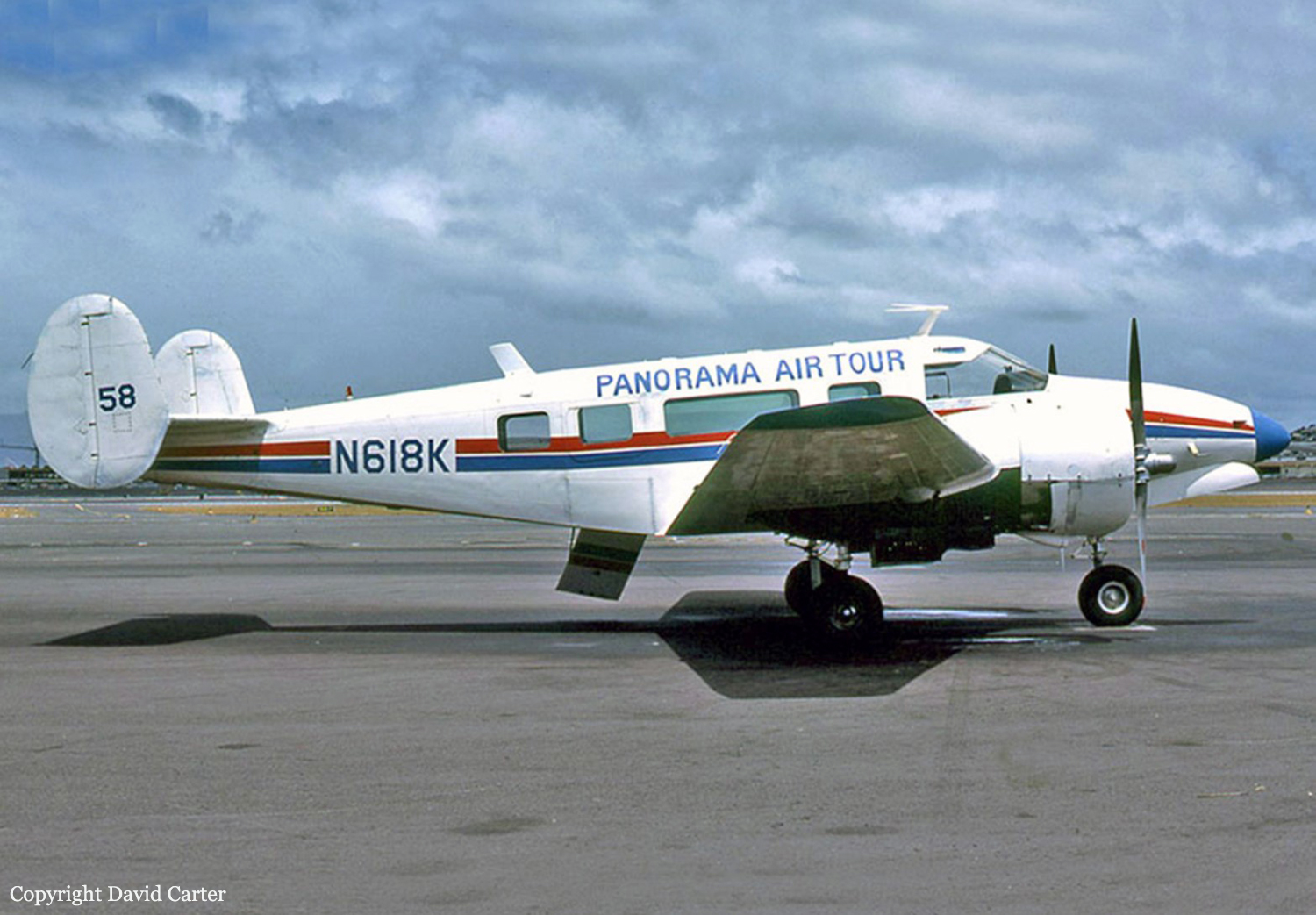Crash of a Beechcraft C-45H Expeditor in New Hudson
Date & Time:
Jan 24, 1995 at 1620 LT
Registration:
N618K
Survivors:
Yes
Schedule:
New Hudson - Port Huron
MSN:
AF-759
YOM:
1954
Crew on board:
2
Crew fatalities:
Pax on board:
0
Pax fatalities:
Other fatalities:
Total fatalities:
0
Captain / Total hours on type:
52.00
Copilot / Total hours on type:
60
Aircraft flight hours:
1928
Circumstances:
The pilot-in-command stated that shortly after takeoff, when the airplane was about 150 feet above the ground over a stand of trees, the left engine lost power. The pilots made a hard forced landing in a field, skidded and came to a stop against a farm building. The power loss occurred over a wooded area. Postaccident examination revealed the left engine driven fuel pump shaft had failed. Airplane records indicated the most recent maintenance occurred in november 1991. The airplane had flown 148 hours since that date.
Probable cause:
The owner/pilot's inadequate maintenance practices which resulted in a loss of engine power shortly after takeoff and the pilot's inadequate emergency procedure after the power loss occurred. Related factors are trees, diminished airspeed and abrupt touchdown.
Final Report:


